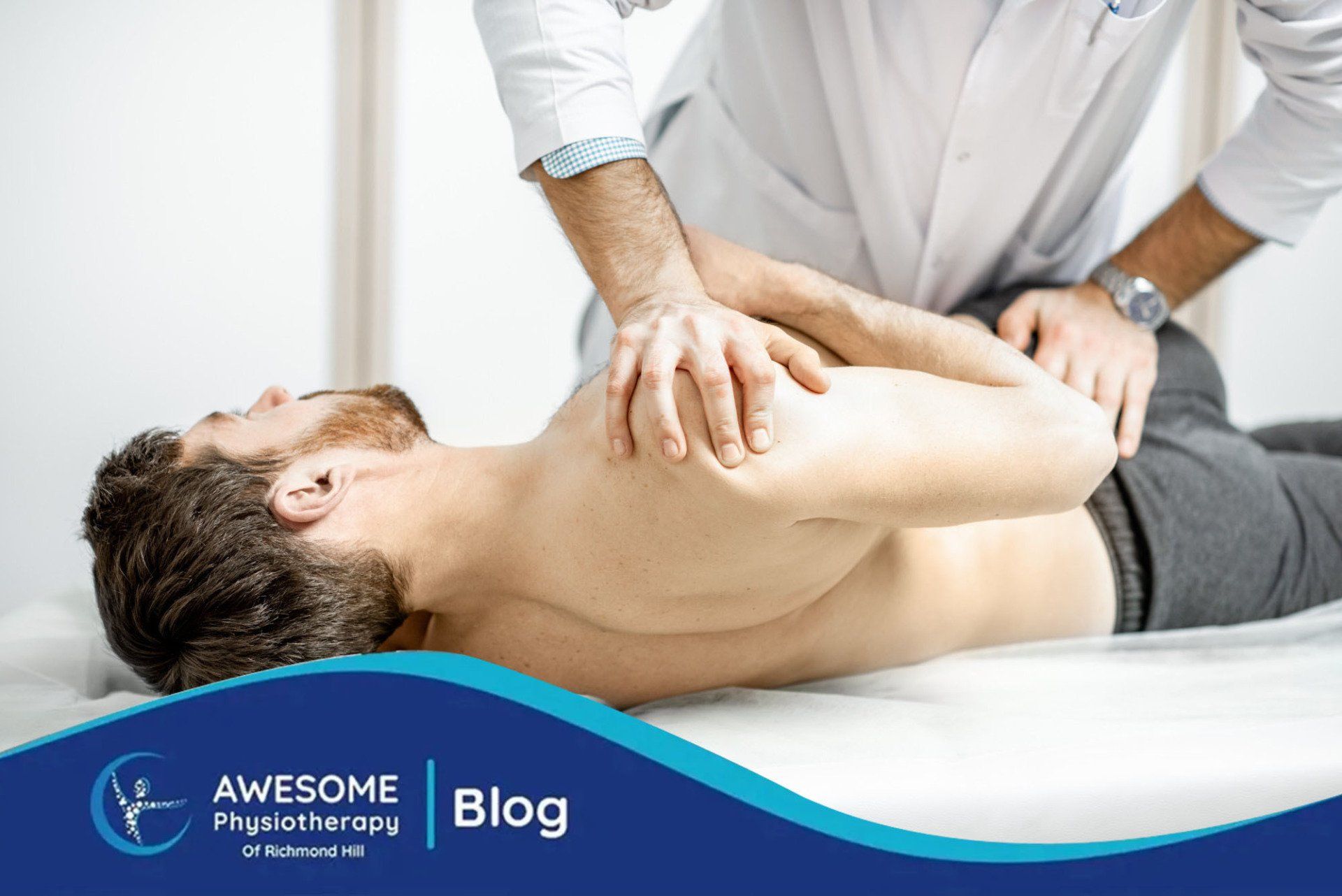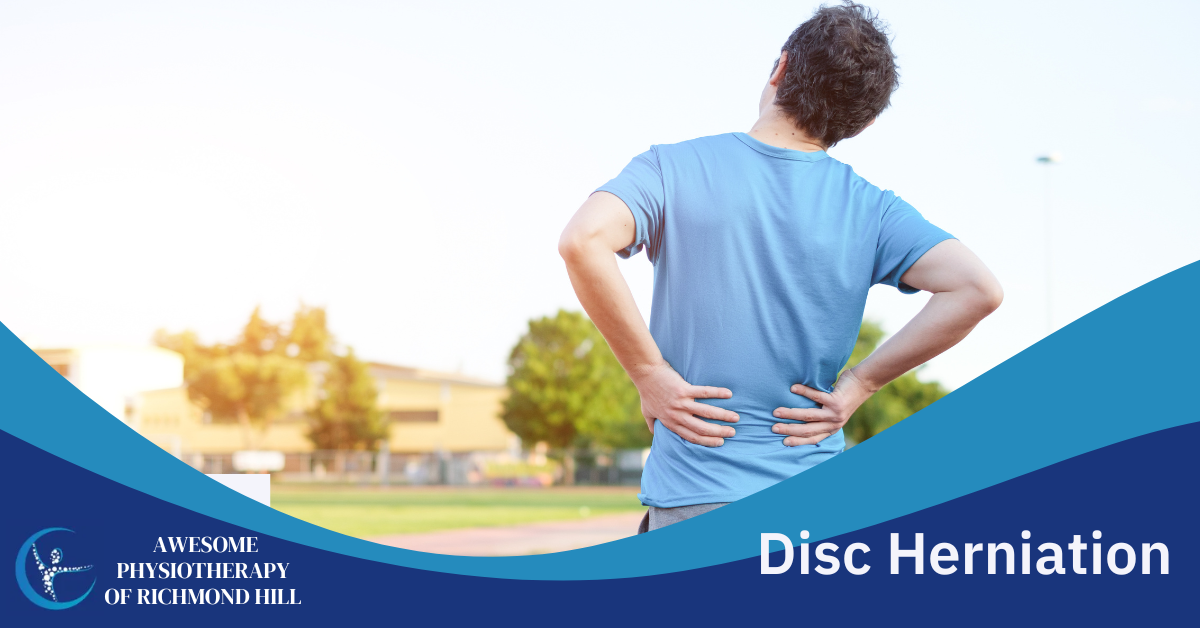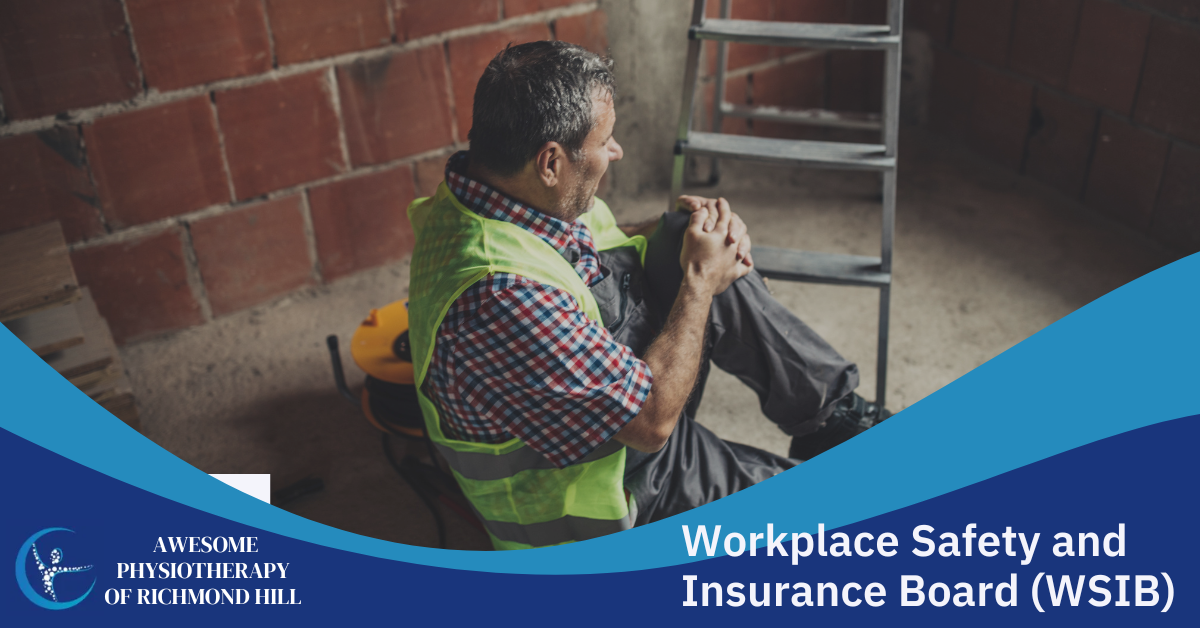Physiotherapy & the Treatment of Sports Injuries
Whether you are an athlete or enjoy watching sports, injuries are bound to happen at some point. Sports injuries come in all types and severity levels, ranging from minor bumps and bruises to permanent disabilities that will affect someone for the rest of their life. The most common cause of sports injury is trauma during play, followed by overuse in training sessions. There are plenty of treatments available depending on the type and location of your injury. So, you must seek medical attention if needed. Sports injuries can lead to long-term effects such as arthritis or death in extreme cases if left untreated. Hence, you must get help when necessary because no one wants to be sidelined from their favorite activity due to a sports injury.
Physiotherapy helps in improving physical fitness and health. Injuries are common and happen to everyone at some point in time, but it still becomes troublesome when you can not perform your routine due to sports injuries.
Common Sports Injury
Here are some of the most common types of sports injuries.
- Muscle Strain: Athletes are often injured while competing in their sport, but some injuries can happen without warning. One of the most common types is a muscle strain or pulled muscle where an overstretched and torn group of muscles on your body cause pain that may prohibit movement at times depending on the severity, with rest being prescribed for treatment along with ice compression & sports physiotherapy
Anterior Cruciate Ligament: ACL or anterior cruciate ligament is the most critical piece of muscle tissue in your body and ensures that you can fully extend and straighten out on both sides. A torn ACL will restrict movement, making it hard to walk without feeling extreme pain from this injury! The surgical maneuver followed by sports physiotherapy sessions are what help with treatment for those who suffer through such an occurrence
Medial Collateral Ligament: Medial collateral ligament injuries are a type of knee injury that can happen when the patient's knees have been pushed sideways. These MCL tears will heal with treatment, including ice compression, braces, and physical therapy sessions under observation from sports physio professionals.
Plantar Fasciitis: Plantar fasciitis can be caused by putting too much strain and stress on your feet, leading to inflammation of the plantar fascia ligament connecting heel bone with toes. It usually gets better after some rest, but cortisone injections or surgery might be required for more severe treatments in rare cases.
Stress Fracture: Stress fractures occur when muscles cannot absorb pressure anymore, thus resulting in a breakage (i.e., stress). Men and women athletes alike can get this type of injury. However, it usually occurs more often during running or other high impact activities like soccer where there is significant use on specific areas such as lower limbs/feet due to their higher weight distribution, among other things
Shin Splints: A runner's injury of choice, Plantar Fasciitis, can be an overuse problem or happen. Those people with flat feet and high arches are at more risk for this foot condition which affects the inside bottom area of your lower leg/shin muscles
Groin Strain: Groin pain is a common injury among those who play sports or exercise. It mainly occurs when you overstretch the groin muscles, creating small tears within them and leading to pain and discomfort around your lower abdomen area.
Hamstring Injury: One of the most common injuries seen in soccer and track & field, hamstring injuries can happen when you stretch your legs backward
Tendon Injury: Tendon ends connect the muscles to your bones. Tendons do not have a lot of blood flow, so they have a low capacity for healing on their own. Hamstring tendon injury is an example.
Treatment of Sports Injuries
Some of the most common physiotherapy treatment modalities used to treat sports injuries are listed below.
Exercise therapy
A physiotherapist can reduce pain in both the short and long term by helping patients improve their movement, flexibility, strength. A qualified therapist will ensure that you receive an appropriate exercise program for your needs and help support continued learning throughout treatment. Hence, it gets the most out of any program prescribed to them!
Aqua Therapy Or Hydrotherapy
Hydrotherapy is a time-honored practice that has been used for centuries to promote healing and well-being. It involves exercising in water, which provides support for the body's joints as it relaxes them from tension or stress placed on those same areas through walking on land. Additionally, patients have found relief from chronic pain thanks to Hydrotherapy treatments, which can help improve flexibility and movement while encouraging patients to work their muscles through extended periods of exercise.
Compressive Ice Therapy
Compression Ice Therapy ices down an injured area so it can heal up more quickly by limiting the body's inflammatory response. This way, the swelling is significantly reduced within a short time after injury, thanks to the iced area.
Acupuncture
Acupuncture is a practical, noninvasive, and conservative method for managing sports injuries such as lateral meniscus rupture. Acupuncture can also help relieve short-term pain and recover from dysfunction or other conditions that cause discomfort.
Heat Therapy
Saunas and heat therapy can help reduce pain in the body, especially when you are recovering from an injury. Heat boosts circulation in the affected area to improve blood flow while relaxing muscles that may be too tight due to stress, strain, tension, or poor posture for far too long.
Cryotherapy
The use of cold therapy in acute sports injuries is a generally accepted treatment method. Various cooling modalities are used to apply ice packs, towels, or gels with tranquilizers like ethyl chloride for pain relief and faster healing from multiple types of muscle strains/sprains and other soft tissue damage such as tendinitis among other conditions. Most clinical studies report that physiotherapy has positive effects on these variables. This makes it an effective way forward when treating your athlete's injury without having them put themselves through hours upon endless hours at home doing nothing but resting up until they can resume their rehabilitation routine which would take even longer.
Myofascial Release Therapy
Athletes are risking their health by continuing to participate in activities that cause them pain. The connective tissues around nerve pathways can become tightened and stiff, limiting range-of-motion, which leads to chronic aggravating injuries for the athlete. Myofascial release is a solution as it pinpoints restriction of movement caused by tight muscles or fascia with gentle deep sustained pressure - restoring functionality through restoration rather than surgery!
Manual Therapy
Manual therapy is a well-established treatment for many different conditions, and it's often used to relieve pain. One way manual therapists operate on joints is with joint mobilization. This involves gently moving around the bones of your hands or feet to loosen them up so you can move easier without any significant discomfort.
Nerve Gliding
Nerve gliding can be used to help treat nerve-related issues. Without compression, this technique involves running your nerves through and around organs, muscles, joints, or other tissues. So, they don't get stuck in these areas of the body due to pain caused by entrapment syndrome, where it passes through structures like muscles causing discomfort when stretched too aggressively, which causes you to lose range motion on that specific area.
Aerobic exercise
Aerobic exercises have been proven to be effective in helping relieve joint pain and improve functioning because they maintain muscle conditioning, good blood flow and optimize the lubrication of joints. Aerobic activities such as cycling or walking can help reduce chronic conditions like arthritis by keeping you fit while positively impacting your health!
Physiotherapy Richmond Hill
Awesome Physiotherapy of Richmond Hill is a premier physiotherapy facility for the treatment of sports injuries in Richmond Hill, Ontario, Canada. Our staff are knowledgeable and friendly, always willing to share their knowledge with patients so that they can get back on the field in no time! You should stop by if you need any physiotherapy or rehabilitation work done. We offer massage therapy services too! We also provide an extensive range of services outside of our physical therapy practices, including massage therapy, acupuncture, chiropractic care, and more. Contact us today for a consultation or visit our website for more information about what we do best – helping people move better to live their lives fully again!
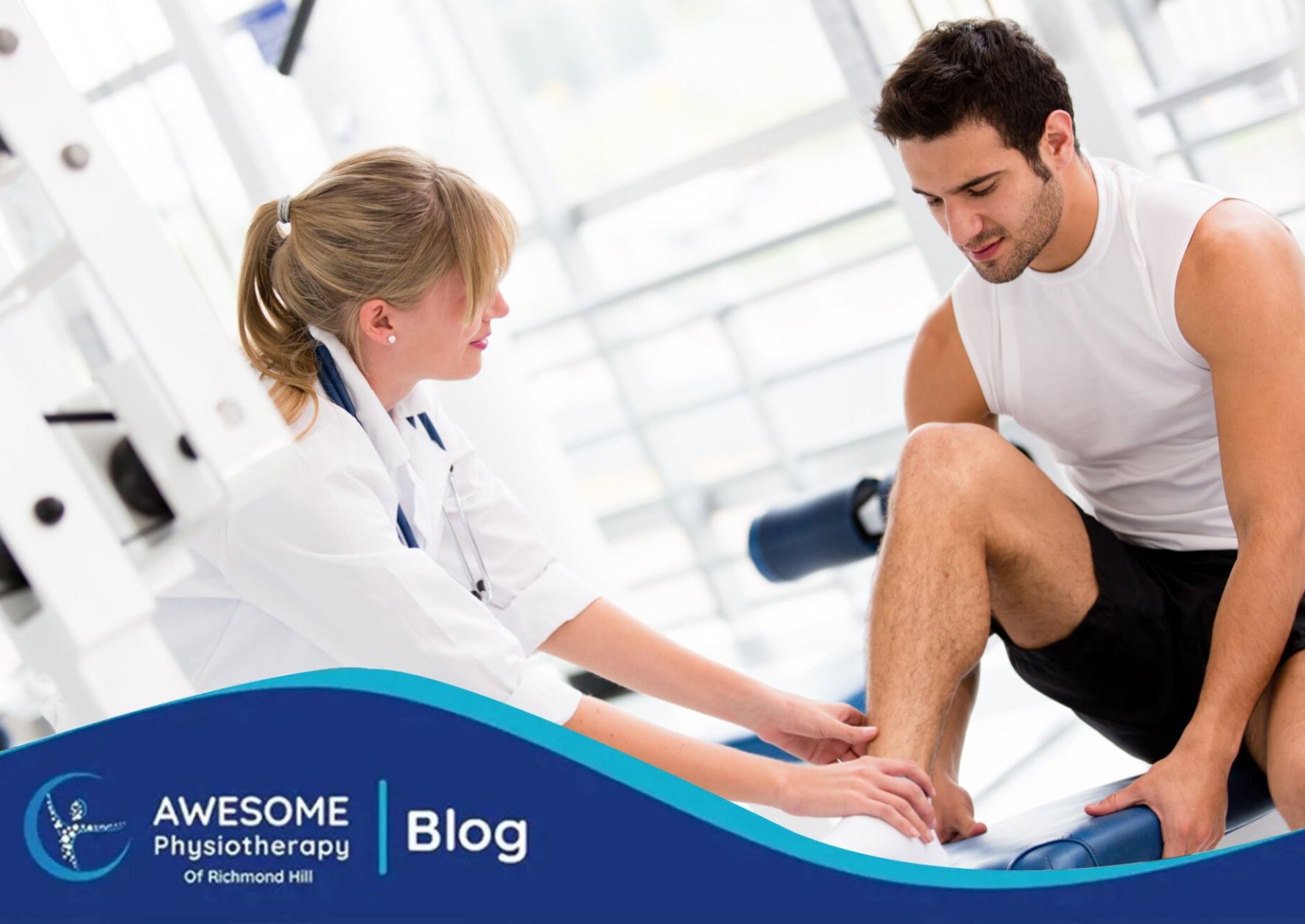
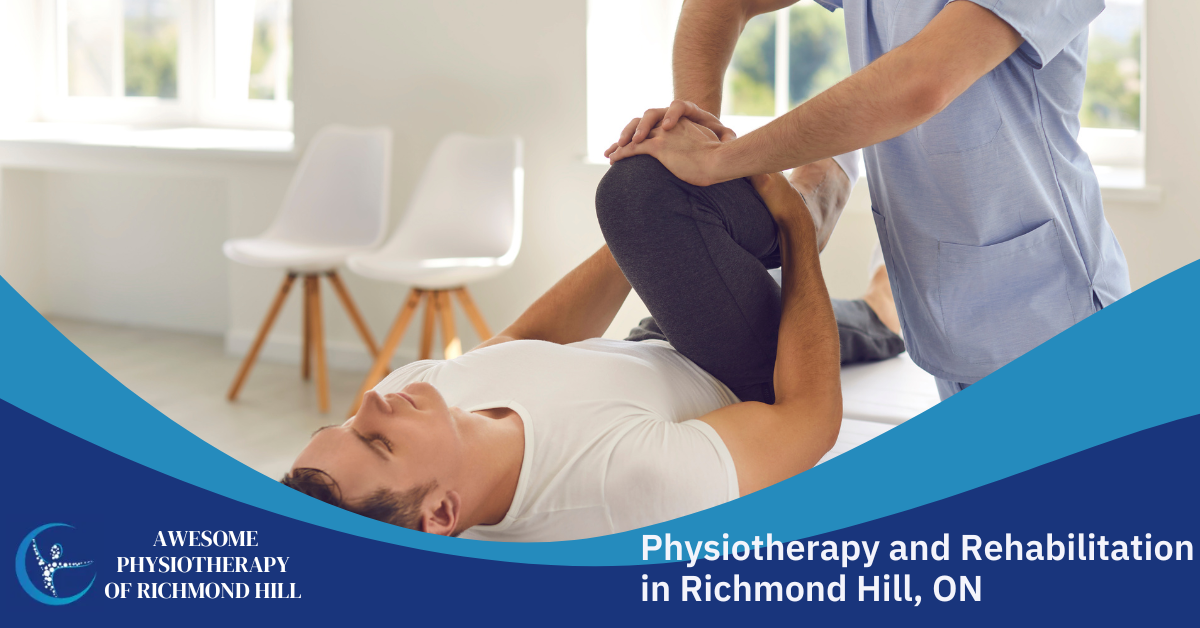

How Physiotherapy Can Help You Recover Faster: A Guide to Physiotherapy Centers In Richmond Hill, ON
